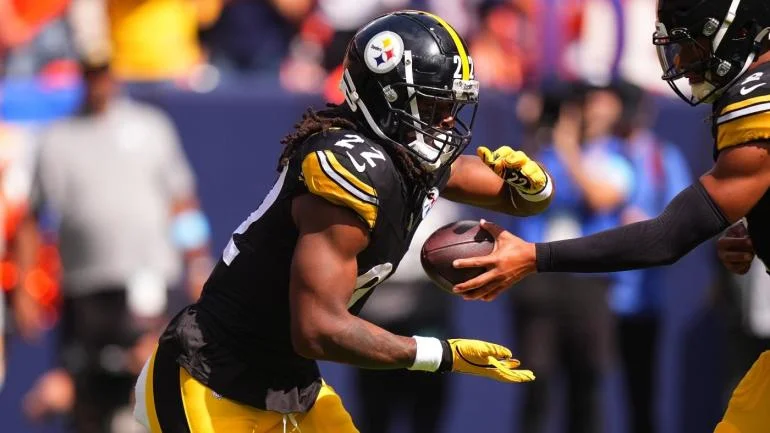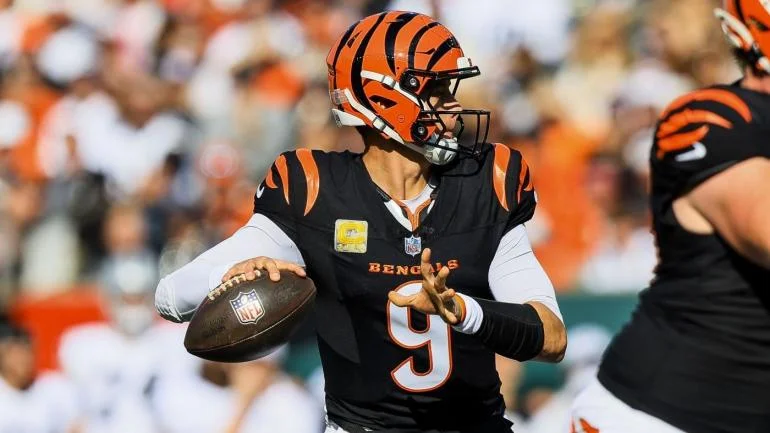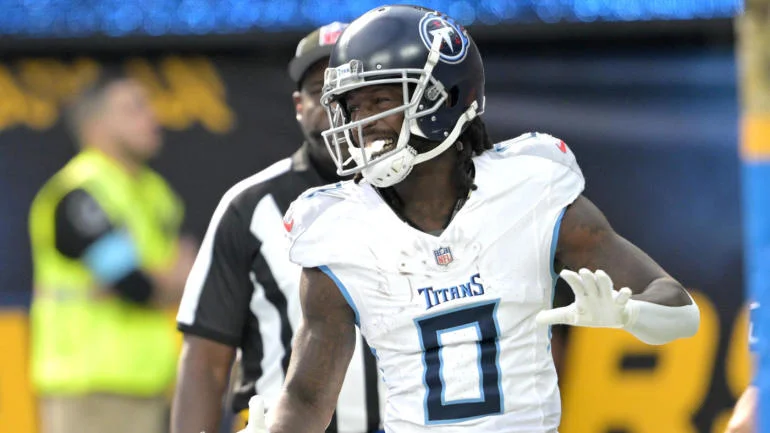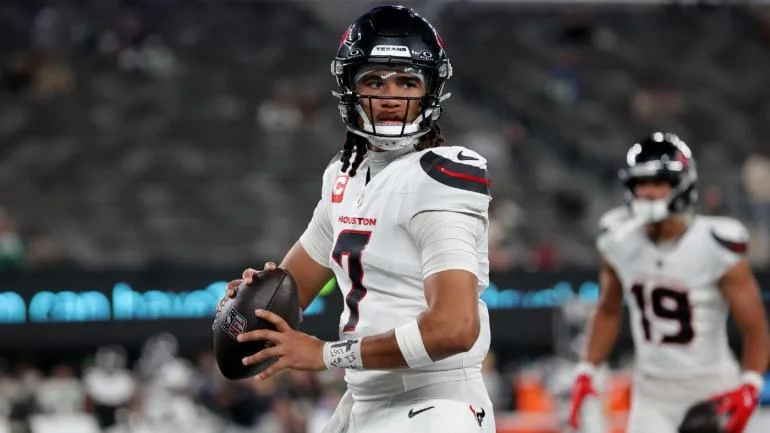Evaluating and projecting quarterbacks is more difficult than ever, particularly with all the spread offenses and QB-friendly schemes that pad their stats. However, instead of comparing the quarterbacks to others in their draft class, I thought it may be helpful to compare them to other quarterbacks from the same school/system. Let’s take a look at some of the top signal callers through that lens and see if we can learn anything from that exercise.
Mason Rudolph, Oklahoma State
Mason Rudolph ranks as a second or third round prospect in this year’s class.
Oklahoma State may be the easier comp to make because they’ve been coached by Mike Gundy for over a decade now. For this exercise, I’m focusing on three stats: completion percentage (C%), yards per attempt (YPA), and TD/int ratio. It’s certainly not complete, but it’s the easiest and most readable combination I can imagine.
’10-11, Brandon Weeden at QB: 69.8 C%, 8.38 YPA, 2.7 td/int
’12-13, Walsh/Chelf/Lunt at QB: 56.7 C%, 8.08 YPA, 2.1 td/int
’14-16, Mason Rudolph at QB: 63.0 C%, 9.30 YPA, 3.8 td/int
Takeaway
Clearly, Mason Rudolph can compare to former first-round pick Brandon Weeden. They both benefited from the system to some degree, as well as star WRs (Justin Blackmon for Weeden, James Washington for Rudolph). At first glance, it’s surprising that Weeden (who had a cannon arm) was a safer passer in college, but that turned out to be a trend for him in the NFL as well, checking down more often than you’d expect.
Depending on what stats you value more, Rudolph was either slightly better or slightly worse than Weeden in college. Of course, Weeden had a significant advantage in the sense that he was 28 years old by the time he got drafted # 22 by the Browns. With that developmental curve in mind, you’d expect Rudolph to be taken higher than that.
Baker Mayfield, Oklahoma
The Sooners have a new coach in young pup Lincoln Riley, but he’s basically retaining Bob Stoops’ old system anyway. Given that, I believe it’s fair to compare their quarterbacks dating back a decade.
’07-08, Sam Bradford at QB: 68.6 C%, 9.52 YPA, 5.4 td/int
’09-12, Landry Jones at QB: 63.6 C%, 7.63 YPA, 2.4 td/int
’13-14, T. Knight/B. Bell at QB: 56.6 C%, 6.81 YPA, 1.5 td/int
’15-17, Baker Mayfield at QB: 70.0 C%, 10.62 YPA, 5.2 td/int
Takeaway
Little gunslinger Baker Mayfield has reversed some bad momentum from Oklahoma QBs, and been even more efficient than Heisman winner Sam Bradford.
Now, you would still call Bradford (the future #1 pick) a better NFL prospect because he was taller and younger than Mayfield at the time, but it’s hard to ignore the stats that Mayfield is putting up. Even in a QB-friendly offense, he’s going above and beyond the limit of what you’d expect a QB to do. Mayfield defenders could use this argument to justify a gamble on him in R1.
Sam Darnold, USC
The Trojans have switched coaches recently with Clay Helton, but Helton had been with this program and this offense for several years before that. Given that, I think it’s safe to go back to 2010 for comparison’s sake.
’10-12, Matt Barkley at QB: 65.3 C%, 7.93 YPA, 3.0 td/int
’13-15, Cody Kessler at QB: 67.4 C%, 8.20 YPA, 4.6 td/int
’16-17, Sam Darnold at QB: 65.5 C%, 8.33 YPA, 2.7 td/int
Takeaway
My initial takeaway from this was, “Man, Cody Kessler may be underrated.” In terms of college production, he topped his better-known peers. He’s also performed well (relatively) in a tough situation in Cleveland, making me think he deserves more opportunities going forward.
But let’s get back to the point: Sam Darnold. Darnold’s NFL prospects will be higher than Barkley and Kessler because of his superior size and arm strength, which shows up some in the yards/attempt category. Other than that, there’s nothing that jumps out at you as a clear upgrade from his predecessors. That said, for all the talk about his decision making, that 2.7 td/int ratio isn’t so bad. I still believe he’s a R1 talent, in some fashion or another.
Josh Rosen, UCLA
This one is the hardest comparison to make because Jim Mora hasn’t been in Westwood very long. And when he’s been there, he’s been toggling between offensive coordinators seemingly every year. Nevertheless, let’s take a look at Rosen’s recent predecessor.
’12-14, Brett Hundley at QB: 67.6 C%, 8.04 YPA, 3.0 td/int
’15-17, Josh Rosen at QB: 60.8 C%, 7.87 YPA, 2.2 td/int
Takeaway
In the USC section, I excluded Matt Barkley’s first season, because he made the unusual achievement of starting as a true freshman when most QBs would be redshirting or developing as a backup. In Josh Rosen’s case, I included his true freshman season, but only because it happened to be his best.
Even with that factored in, Josh Rosen looks worse than Brett Hundley at first glance, which is not a good sign considering Hundley stumbled in the draft process and has struggled in the NFL so far. But again, this comparison may not be totally fair, because UCLA has shifted more towards a pro-style offense in recent years, and has also floundered behind a weak offensive line.
If you’re looking for an argument that Josh Rosen should be a top 10 pick, there are some valid ones. But sadly for him, this exercise is not one of them.




